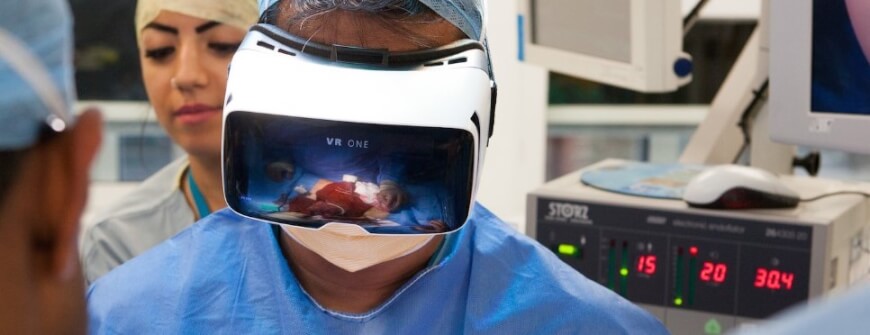Get your VR goggles ready!
@LisaBerghoff/@MrKimDHS
OK so I'll admit, I lost a few years of my life in college to a massive online multiplayer video game called World of Warcraft. I used to be rather proud of my ability to get 6-10 glorious hours of gaming in without needing food or drink or respite (my record was 13 hours, don't tell my parents). While I spent many a night, alone and attached to my computer, I was actually being quite social. I interacted with my guild mates through the game-play, and communicated with dozens of people through my headset. I actually got to "know" some of these guys closely, and became "friends."Now in hindsight, I would probably tell college me to STAY AWAY from it all, but I am still amazed at the complexities and allure of virtual reality. Because at a basic level, that's what video gaming is: direct interactions with a virtual world. So the hierarchy of VR goes something like this:
- Non-Immersive - computer screens and video games
- Augmented Reality (AR) - graphics on top of the real world
- Immersive System - VR Goggles and simulators
Believe it or not educational researchers have considered VR to be just another natural evolution of computer-assisted instruction and training, and have been studying its benefits since the early 60's (Pantelidis). The US Military is one of the first institutions to utilize VR through its immersive flight simulators to train their fighter pilots. So how do we use it in our classrooms?
Explore
Bring your students on a virtual field trip to places that would be otherwise inaccessible. Thinglink, Roundme, YouTube VR, and Google Expeditions are some excellent resources filled with virtual tours and destinations for your students. Many of the world's most prized museums like The Louvre and the Metropolitan Museum of Art have created interactive virtual tours. Thousands of historic landmarks, cities, and even historical events have been recreated virtually.
Simulate Experiences
Like the fighter pilots and their flight simulators, teachers could use VR to give students "hands on" experiences with real life processes. Labster is a firm that has developed virtual lab experiences for chemistry, biology, ecology and more. While a bit down the line, medical schools and hospitals have begun utilizing VR for training, surgery, and patient therapy.
Access
Most educators (85%) believe that VR technology could benefit their students, but only 2% of teachers are actually using it in their classrooms. A whopping 28% of educators polled believe that VR technologies will never catch on in their school or district. A think a lot of educators are worried about access to the technologies and programs available. Fortunately, Google et al have really paved the way for educators by developing enough free programs and curriculum in educational VR. Their relatively cheap ($15) Google Cardboard relies about the power of our own cell phones to bring our classrooms into the virtual world.
Interested in using VR in your classroom? Need some support? Comment below!




No comments:
Post a Comment